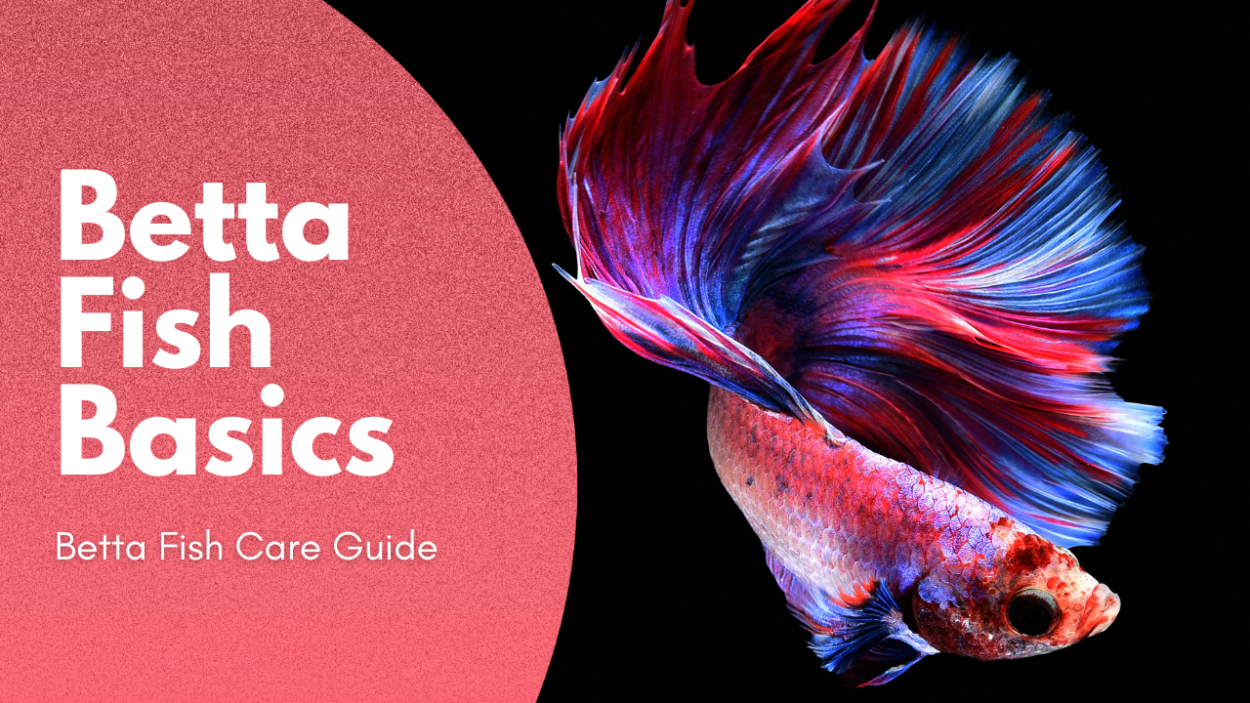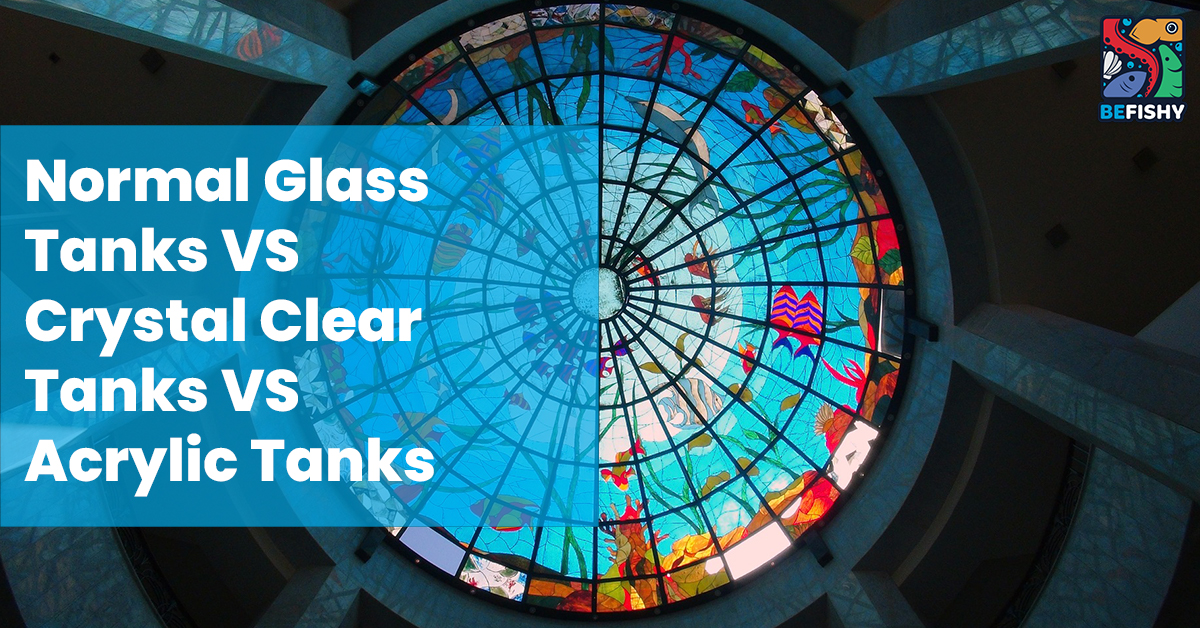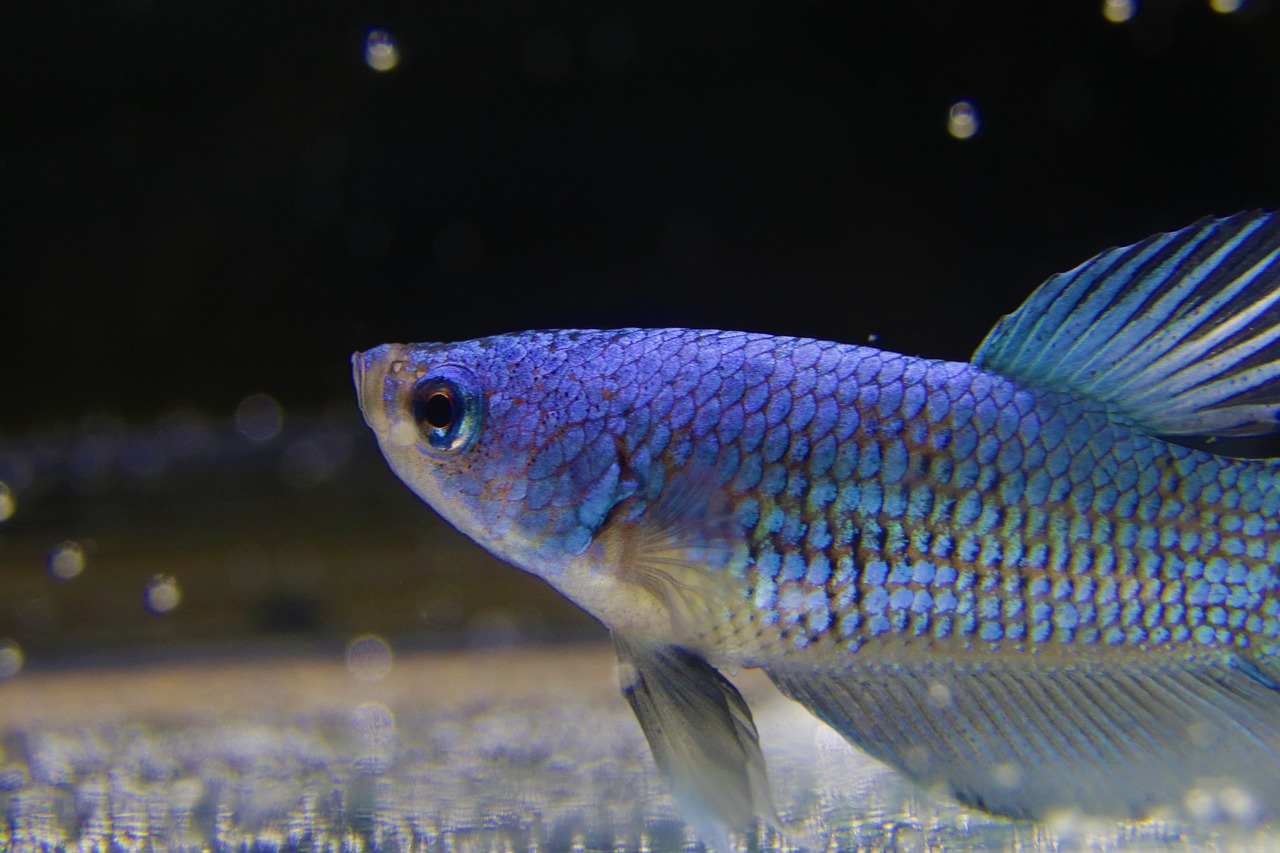Betta Fish are one of the most popular aquarium fish species available. Here’s a QUICK BETTA GUIDE on how to care and provide a good home for your Betta!
1) TANK SIZE
• The minimum tank size for a single standard betta is 5 Gallons. If you have a Giant Betta, it’ll be 15 Gallons, minimum.
• It is incredibly important to provide a good swimming and flaring space for your fishy friend.
• Despite popular beliefs, they do require adequate swimming space.
2) WATER PARAMETERS
• A cycled tank is essential for a thriving fish and aquarium.
• Our aquatic pets need a cycled environment in order to thrive. Check out How To Cycle An Aquarium here.
• Betta Fish love Blackwater Tanks. Adding botanicals into your tank will lower the water’s pH level. However, if you’re not a fan of blackwater tanks, it is completely fine to keep them in a clear water tank.
• The recommended water parameters are as follows : Ammonia : 0, Nitrites : 0, Nitrates : less than 20 ppm, Ph : 6.0 – 7.0 , GH : 3 – 4 (50.0 – 66.7 ppm) , KH 3 – 5 (53.6 – 89.4 ppm).
3) TEMPERATURE
• Betta fish are tropical fish.
• Keeping them in cool temperatures will affect their immune system; making them more susceptible to diseases.
• The recommended temperature for a betta is 78.8 – 86.0 °F .
• If you live in a cool area, aquarium heaters are a life saver! Check out Heaters here.
4) FILTRATION
• If you have a Walstad Tank, you can skip this tank.
• But let’s be real, we’ve just started and most of us don’t have a walstad tank!
• Filtration is important to maintain good water quality in our tanks.
• It is also a home for our good beneficial bacteria! (Refer How to Cycle an Aquarium.)
• Betta fish appreciate a slow to moderate water flow, as long as it is not overpowering.
• Filter size depends on your tank size.
• Check out the array of filters here.
5) LIGHTS
• Lights are great to help regulate your betta’s circadian rhythm.
• That way, they’re able to know when it’s daytime or night time (and even feeding time.)
• If you have a planted tank, lights are essential for plant growth.
6) DECORATIONS
• The tank is your canvas and you are the artist!
• Betta fish appreciate ornaments, plants (live or fake) and caves for them to rest on and explore!
• Substrate-wise, gravel, sand or soil is fine. If you’d like to have a planted tank, having a soil substrate will open up a lot of plant options for your tank.
7) DIET
• Lucky for us, betta pellets are readily available, making feeding time a piece of cake!
• Feed them good quality, carnivorous pellets.
• Remember to not overfeed your betta fish. 3 – 5 pellets per day is sufficient. For fine grained pellets, a little pinch is enough.
• Besides that, frozen food such as frozen bloodworms and frozen brine shrimps can be given as occasional treats.
• If you’re feeling adventurous, live food such as baby brine shrimps, daphnia, and microworms will encourage your betta to hunt, making an enjoyable feeding time for you and your betta fish!
8) MAINTENANCE
• We recommend a 30 – 70 % of waterchange once per week for a cycled aquarium.
• Please note that the percentage of waterchange does not matter once your tank and filter are cycled. However, we do not recommend anything less than 30%.
• A majority of good beneficial bacteria lives inside your filter, filter media, sponge and substrate; not in the water column.
• So, performing a waterchange more than 70% will not harm your tank’s cycle.
• Filters and filter media need to be submerged inside dechlorinated or aquarium water at all times.
• Good aquarium beneficial bacteria are aquatics creatures.
• Chlorine will kill these good bacteria.
Looks like you’re all set! We wish you the best of luck with your Betta Fish!




